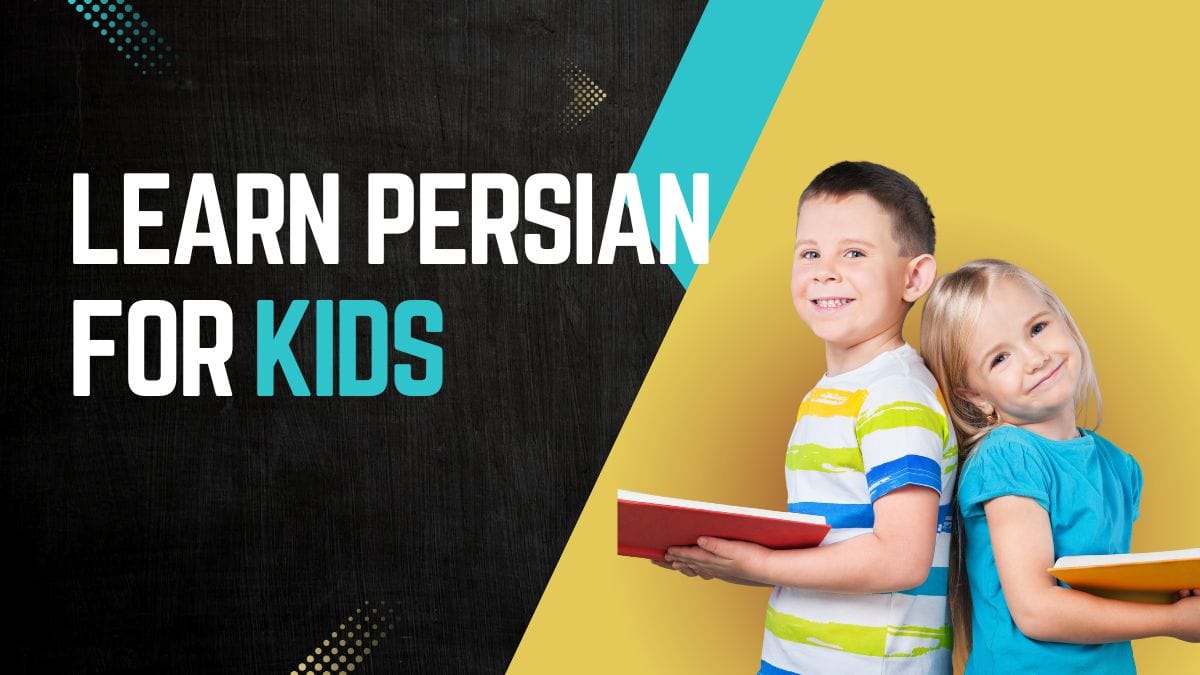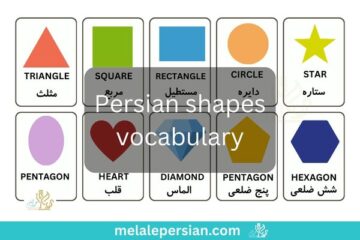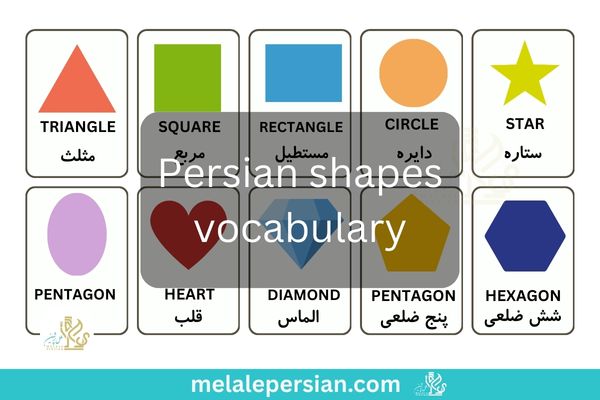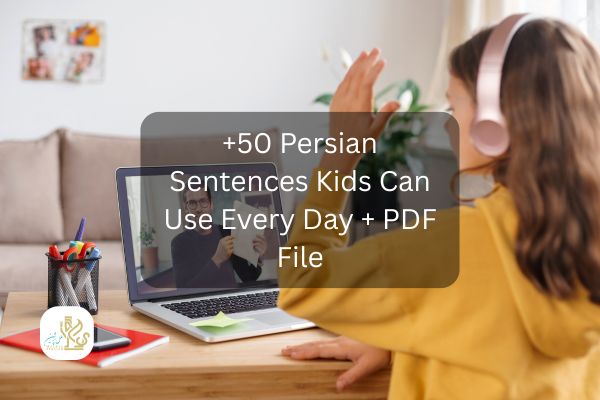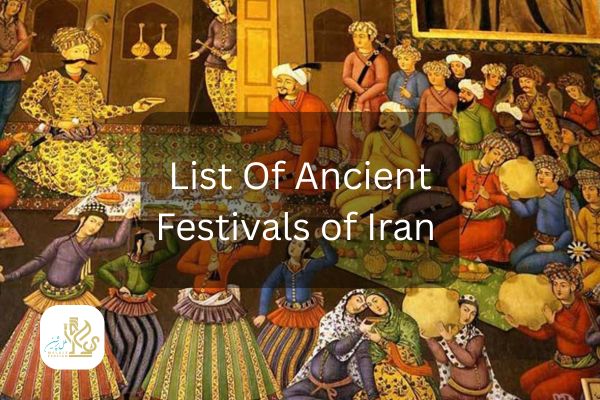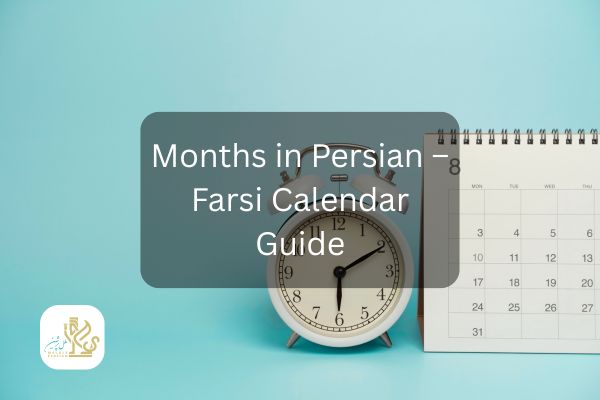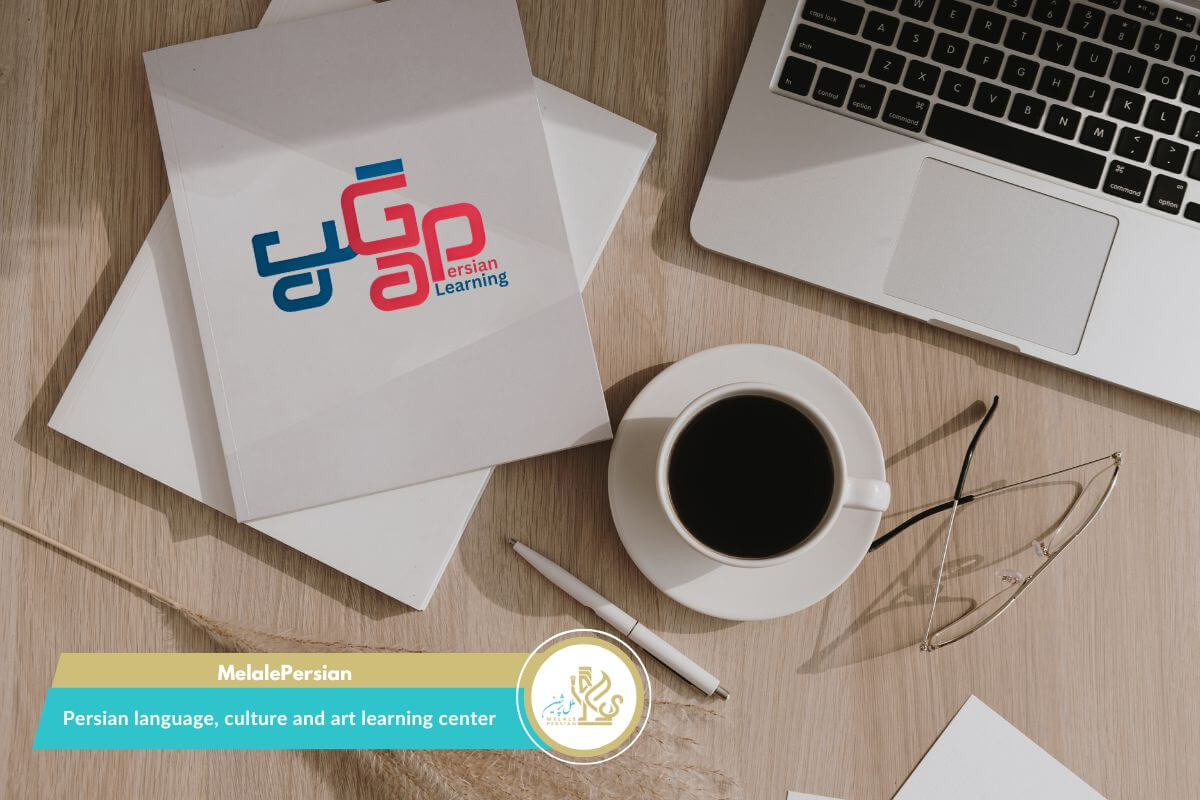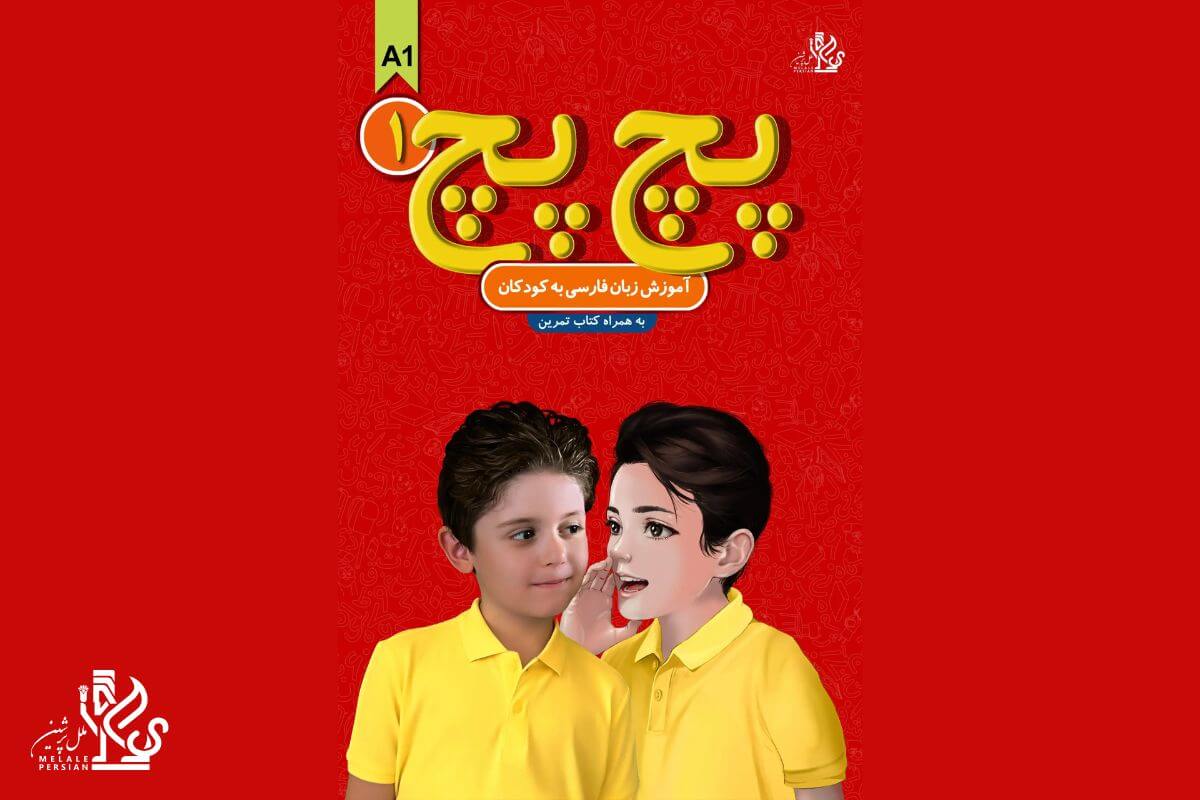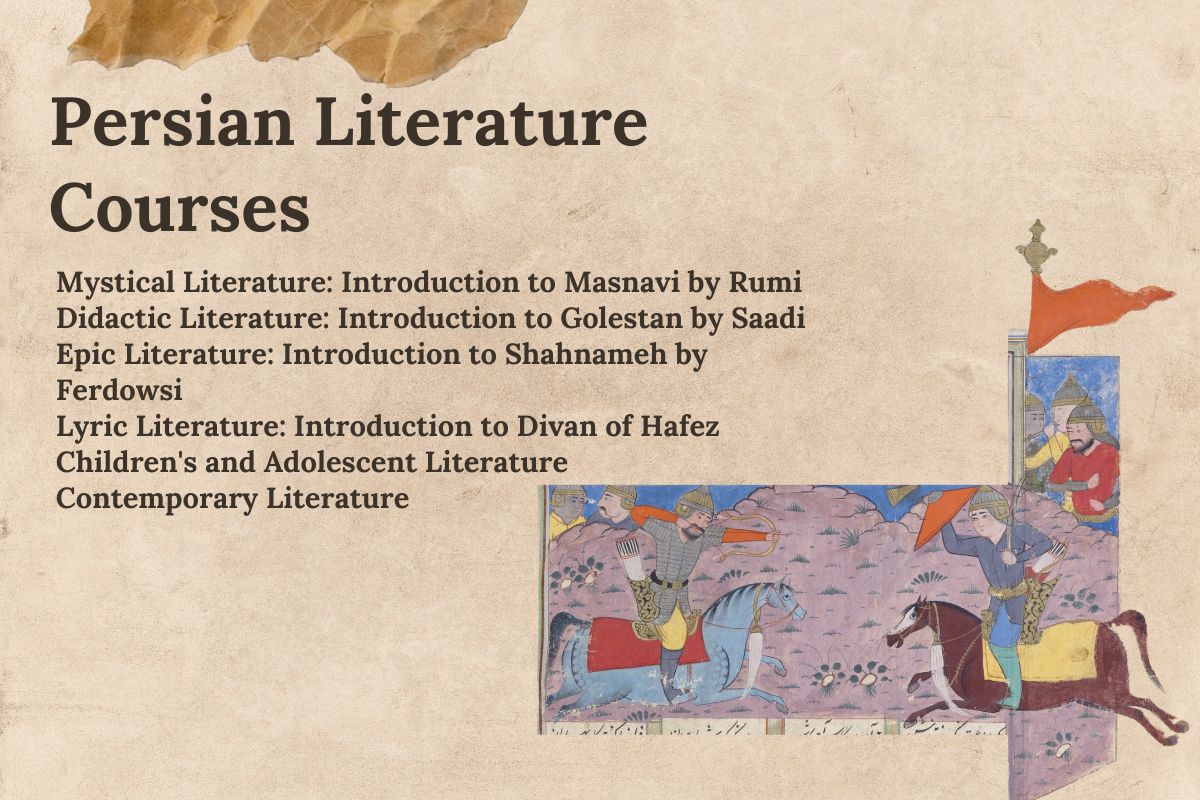In a general definition, bilingualism can be considered as the complete mastery of speaking two languages. Some parents want their child to learn two languages very early. To achieve this, a general rule is to expose the child to both languages, which is not so easy in monolingual contexts. Some countries like Canada or India are officially considered bilingual countries. In Canada, French and English are the official languages, and in India, Hindi and English.
Another point for raising a bilingual child is the patience and perseverance of the parents.
Subsequently, to clarify the concept of bilingualism, we will classify this concept based on the time of learning initiation and the level of language proficiency.
Classification of Bilingualism According to the Age of Learning The classification of bilingualism by age is:
- Early bilingualism: In this type of bilingualism, the earlier the learning of both languages, the better the acquisition.
- Simultaneous bilingualism: The child learns both languages at the same time. Pronunciation problems are significantly reduced in the case of simultaneous learning in childhood.
- Consecutive bilingualism: Learning the second language begins after learning the mother tongue. This process seems more regular in children who have learned two languages successively, and exceptions are rarely seen.
- Delayed bilingualism: This refers to trying to learn a second language in adulthood or after puberty.
There are many differences among linguists regarding the priority of simultaneous and consecutive bilingualism. But it seems that learning a language in any way will be very practical and useful if the educational processes are correct.
Learning before the age of three will result in a simultaneous bilingual child, and after that age, a consecutive bilingual child. The linguistic progress process in simultaneous or consecutive bilingual children is similar to that of monolingual children.
Classification of Bilingualism According to Language Proficiency Some linguists divide bilingualism into four groups:
- Inactive bilingualism: In this case, the person completely masters the first language and can understand the other language but is unable to speak it.
- Dominant bilingualism: In this case, one has more mastery in one of the two languages (probably the mother tongue). There is difficulty with oral comprehension of the second language.
- Balanced bilingualism: One masters both languages well but does not necessarily have the ability of a native speaker.
- Similar bilingualism: One is able to speak both languages as a native speaker in any situation. This is the most defined type of bilingualism and is considered as such in linguistics. Some linguists believe that a person cannot have the same level in both languages. In general, bilingual people are stronger in their mother tongue.
Yule, G. (2020). Study of language (7th ed.). Cambridge: Cambridge University Press.

